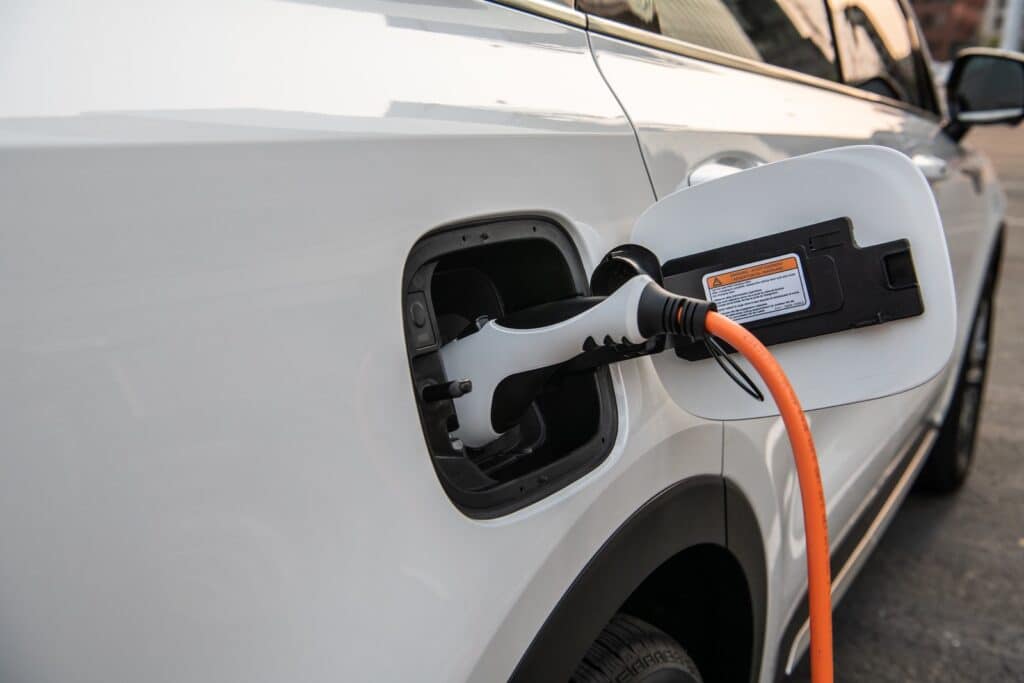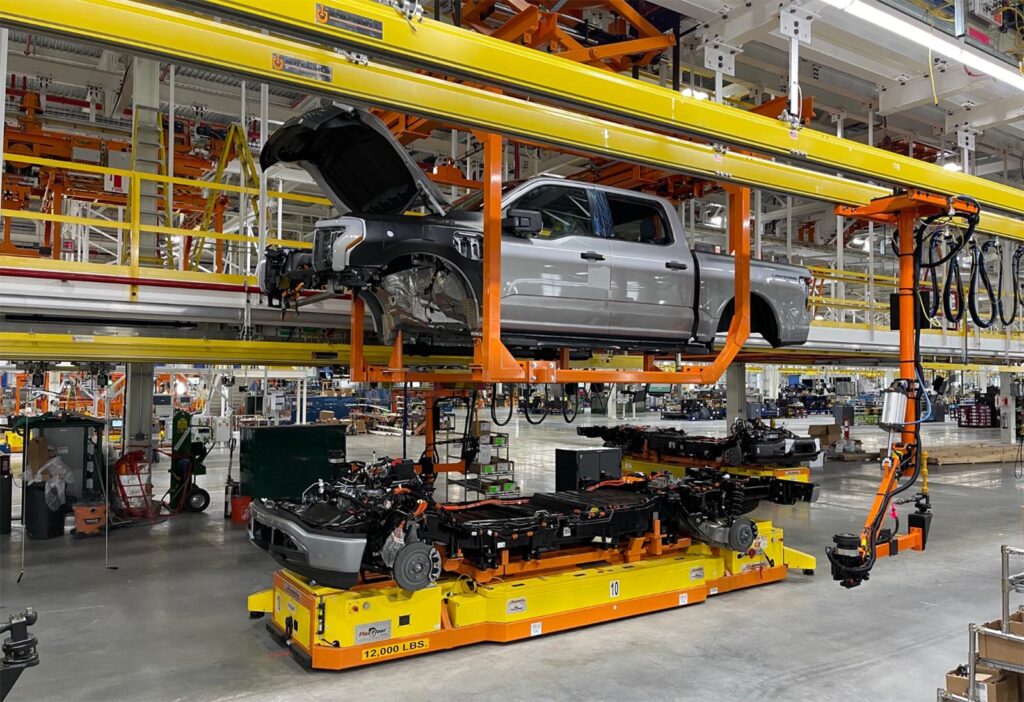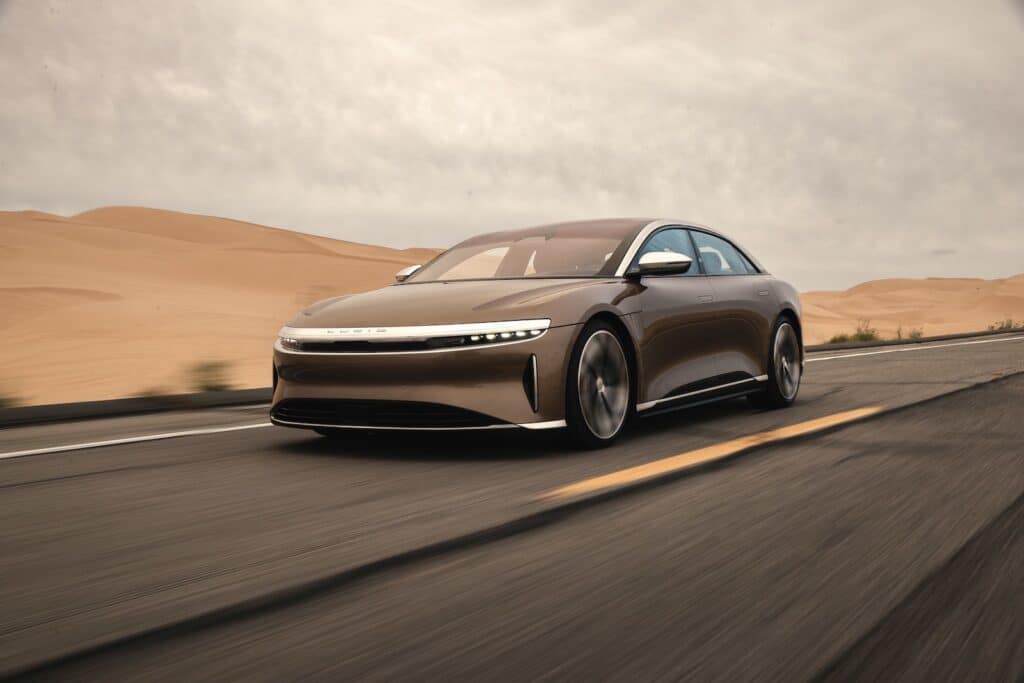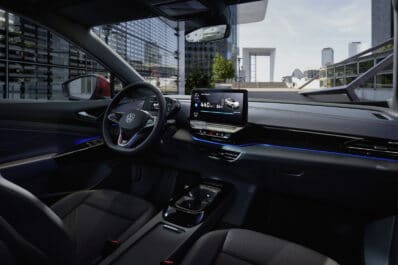Electric vehicle enthusiasts have been arguing to extend the United States Federal tax credits for purchasing battery-electric and plug-in hybrid vehicles. The original tax credits, allocated based on the number of EVs sold by each automaker, have been running out. May of the most popular electrified models no longer qualify for Federal tax relief.

Now the United States Senate has passed the Inflation Reduction Act of 2022, and the bill is expected to pass the U.S. House and go to President Joe Biden for signature. The act includes several provisions for clean vehicle tax credits covering electric, hydrogen, and plug-in hybrid vehicles.
But not everyone has cause to celebrate the renewal of tax credits. While Congress removed the per-automaker sales limits, the bill places new restrictions on future credits. The restrictions are designed to ensure that credited vehicles are substantially sourced and manufactured in North America.
New clean vehicle tax credit limitations
Specifically, to qualify for a tax credit under the new law, a vehicle’s final assembly location must be in North America, which is defined as the U.S., Canada or Mexico. That excludes most Asian and European brands — at least in the short term.
Then, the tax credit applies only to new vehicles with MSRP less than $55,000 for cars, and below $80,000 for trucks and SUVs.
Further, the tax credit is available only to single buyers earning less than $150,000 per year modified adjusted gross income, or up to $300,000 for families and couples.

The big question is batteries
The unknown factor in the law is the battery sourcing requirement. The legislation creates a list of critical minerals that must be mined or recycled in the United State or a free trade partner nation. The requirement is phased in, beginning at 40% for vehicles placed in service before Jan. 1, 2024, and rising to 50% for calendar year 2024, and upwards by 10% each year until 80% is reached in 2027.
Other battery components are subject to the same requirements, until 100% is reached for calendar year 2029. Half of the available $7,500 tax credit is available if the battery meets the mineral requirement, and half based on the battery component requirement. Some vehicles may qualify for a half-credit based on battery components, but not on minerals, or vice versa.
Meeting the new battery composition requirements will require development of resources from locations other than China, where more than 75% of such materials are sourced today. The supply chain for any manufacturer’s battery materials is not publicly known in detail, so this requirement may preclude tax credits on many currently qualifying vehicles in the future.
What vehicles qualify for the tax credit?

Assuming the law takes effect without further amendment, virtually all premium vehicles such as the GMC Hummer EV, Lucid Air, Mercedes-Benz EQS, Porsche Taycan, and Tesla Models S and X would not qualify based on retail price alone.
The final assembly requirement excludes vehicles by Audi, Fisker, Genesis, Hyundai, Jaguar, Kia, Lexus, Mazda, Nissan, Polestar, Subaru, Toyota and Volvo.
What’s left are the moderately priced EVs from General Motors, Ford, Tesla, Rivian, Nissan and Volkswagen. Honda’s planned 2024 Prologue EV is slated to be made at a GM plant in Michigan, so that model may qualify as well.
From GM brands, qualifying vehicles should include the Cadillac Lyriq SUV and Chevrolet’s Silverado EV and Blazer EV, as well as the Chevrolet Bolt and Bolt EUV. Ford’s F-150 Lightning (some trim levels) and Mustang Mach-E will both qualify under the truck and SUV limit.
Both the Rivian R1T and R1S will qualify, if the buyer keeps the total price under the limit, and the same rule will apply to the Tesla Model 3 and Model Y, if the Model Y is classed as an SUV.
The Nissan Leaf is expected to qualify because U.S.-spec cars are assembled at Nissan’s plant in Smyrna, Tennessee. Beginning in 2023 when manufacturing shifts to its plant in Tennessee, the Volkswagen ID.4 will also qualify.

Used clean vehicle credit
Another provision in the law provides a tax credit for low-to-middle-income buyers when they purchase a qualifying clean vehicle. The maximum credit is $4,000 or 30% of the purchase price, whichever is lower. The used vehicle must be two years old or more, and the entire purchase price must be less than $25,000.
For the purposes of the law, low-to-middle-income used car buyers are defined as less than $75,000 modified adjusted gross income for individuals, $112,500 for heads of household, and $150,000 for couples.
Commercial credits available
One of the most complex but potentially far-reaching parts of this bill is the provision of tax credits for certain clean commercial vehicles.
The bill provides a formula to calculate tax credits on light-duty and heavy-duty commercial vehicles, as well as over $9 billion for Federal purchase of American-made clean vehicles. The U.S. Postal Service is getting $3 billion of that money to purchase electric delivery vans, potentially overriding the current plan to purchase a generation of gasoline-powered vehicles.








I don’t see how excluding a bunch of vehicles people want to buy from the tax credit encourages people to buy electric vehicles. Also, as noted in this space many times, electric vehicles are expensive. Hence, the price caps are going to be particularly troublesome. I realize that pegging incentives to income is popular so the “rich” aren’t getting anything, but if the goal is to encourage the purchase of electric vehicles to save the environment shouldn’t we incentivize everyone, especially the people who can actually afford the vehicles being sold?